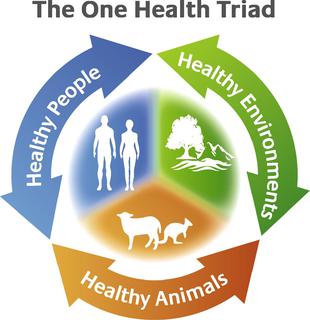
The main impact of the PREVENTER proposal is to minimize public health risk by understanding, preventing, and controlling animal respiratory diseases in a “One health” perspective.
A first impact of the project on animal health will be to increase the efficiency and profitability of animal agriculture. Indeed, respiratory pathogens in young cattle are responsible for major production losses due to reduced performance and productivity but also to treatment costs (anti-microbials and anti-inflammatory drugs). In addition, PREVENTER will contribute to improved animal welfare. Respiratory pathogens in cattle are indeed endemic and they generate mortality and suffering in animals with coughing and respiratory distress, with chronic forms. Our project will also contribute to an improved overall sustainability and innovative capacity of the livestock sector. The demand for high value animal food products is expected to rise by 70% by 2050. In order to meet this challenge, the sustainability and innovative capacity of the livestock sector needs to address the environmental challenges related to its expansion (crop supply, waste emission, antimicrobial resistance, but also endemic pathogen pressures and highly pathogenic emerging variants and new pathogens) and ensure competitiveness in the national, EU and international markets. Deciphering the role of IDV within the bovine respiratory disease complex will enable advising farmers and stakeholders on best mitigation strategies (such as vaccination against targeted pathogens, enhancement of biosecurity measures) to reduce the impact on animal health. The principal beneficiaries will be livestock producers through increased profitability and consumers through impacts on availability and low price of safe food.
A second impact is clearly on public health: PREVENTER will allow for assessing the risk of exposure of Human to IDV and this risk will be quantified. So far while IDV has the potential to jump to Human, very limited reports show its circulation in exposed individuals. This important gain of knowledge will be of great use to public health professionals and stakeholders in Europe and beyond so that mitigation strategies can be envisioned if needed.
Finally, a third impact of PREVENTER lies in the fact that our risk assessment will be translatable to other zoonotic diseases: the methodology used here will be of great use for other emerging pathogens.